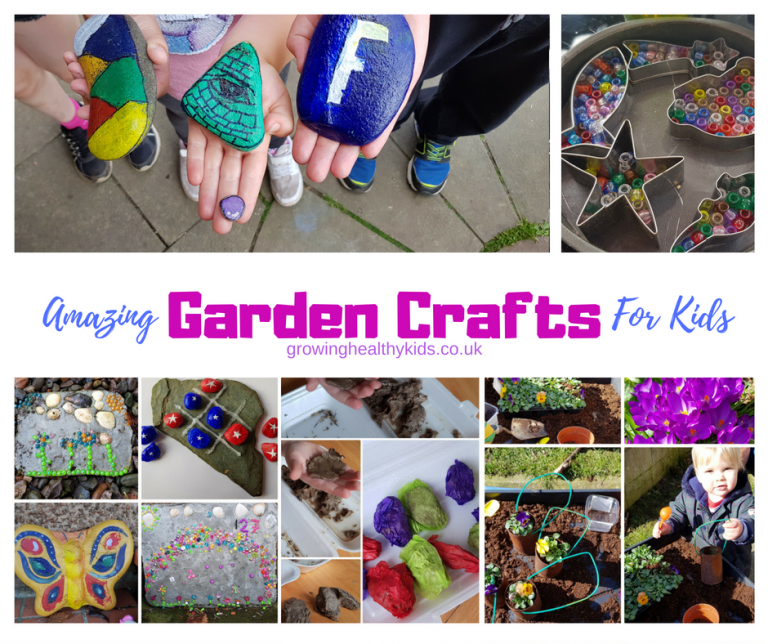
This pattern method is a great choice for a large, geometric pattern, but it can be difficult to work with when you want to create an irregular shape. It requires you to carry only one strand at a time over many stitches. Otherwise, it will result in a puckered fabric. Instead, wrap it around the knitting needle that you prefer, and then cut at the ends of each square.
Colorwork technique
Intarsia knitting is a technique that uses multiple yarn strands and colors. The first row of stitch is made in one colour, while the second row is made with the other. Once this row is completed, you can weave the ends of both yarns together. You can leave some tails in case you're using two colors.
Intarsia knitting requires that you match the colors. You must work on both sides of the project to avoid holes. This will avoid puckering, which can lead to holes in your knitting project.

Charts
Most knitting intarsia patterns include a chart that demonstrates how to work the pattern. The chart is a visual representation that shows how to work the written pattern. Each square represents a knitting stitch. Each knit stitch can be color coded to allow you to work with the right colour at the right time. You may want to use numbers to indicate the location of the repeat if you are working in more than two colors.
Charts for knitting intarsia usually come in two styles. The first style is known as classic. The other is known as colorwork. This technique uses contrasting colors to create interest in the project. There are two primary ways to use colorwork.
Body
These are the basic rules for knitting body in intarsia. The first rule is to knit evenly across the stitches. No matter whether you are knitting one colour or multiple colors, the first rule is to knit evenly. You will see puckering in the finished product if you don't do this. Additionally, failure to cross over the yarn properly will lead to a ladderlike border between color changes.
Intarsia, a type of colorwork knit, is one example. This pattern is easiest to knit flat as it is easier on a flat surface. Begin with the main colors on the wrong side. Then, turn the color to the right. Once you have established the color placement you can begin knitting your sweater.

Use plastic bobbins
You can use small amounts to wind yarn intarsia using plastic bobbins. They can be purchased at a yarn and craft store, or made by you. You can make bobbins by wrapping a bit of yarn between your fingers. Next, tie the ends together with the center.
Plastic bobbins are a good choice for intarsia knitting. Intarsia knitting is made easier by these bobbins. The bobbins allow you to easily pull out the yarn, making it much easier to straighten. These bobbins will be of great help if you have difficulties handling the yarn.
FAQ
What are some good hobbies for seniors to do?
Senior citizens should have fun activities that they enjoy doing. Active seniors should take up sports and other physical activities.
They might be interested in joining clubs that offer similar interests. They'll be less lonely as they get older.
Seniors need to keep up with current trends. For example, they could follow fashion, art, music, literature, politics, etc.
What types of hobbies are suitable for introverts?
Introverts have the ability to focus on one thing at a time. They prefer solitude, such as reading, writing music, or watching movies.
They also love to spend quiet time by themselves. However, they do not enjoy socializing all day long. They often feel bored when they are surrounded by people.
Introverts may choose to do hobbies that are more alone-oriented. For example, they may enjoy reading books, listening to music, taking photographs, painting, writing poetry, etc.
Some introverts prefer to live alone. They are able to concentrate on their hobby while not being distracted by other activities.
How can I find a hobby?
At first, it may seem like there is nothing you can do.
You might be thinking "I'm not very creative" or "I am terrible at sports" or even "I don’t know anything”.
There is a good chance that you have some experience with hobbies.
It's not that you don’t realize it yet.
Take a good look at what you have in your house. How much stuff are you able to store?
Are there any toys that you don't use anymore?
Perhaps you have a collection.
Perhaps cooking has been something you've wanted to do all your life.
Or perhaps you would just like to learn how to play the guitar again.
Whatever it is, there's likely something you can turn into a hobby.
Realize that you have many experiences already.
You will find a hobby you love once you have it.
Statistics
- Studies show that just six minutes of reading can reduce stress levels by 60 percent. (oberlo.com)
- The intensity of the dialogue partners' bond at the end of the forty-five-minute vulnerability interaction was rated as closer than the closest relationship in the lives of 30 percent of similar students. (time.com)
- Almost 80% of people claim to have no hobby. (hobbylark.com)
- I am 100% biologically a woman (discover.hubpages.com)
- In comparison, men in the “no humor” condition were refused 84.6% of the time and were only accepted 15.4% of the time. (time.com)
External Links
How To
How to begin gardening
Gardening is one among the oldest forms. It requires patience, persistence and determination. The first step to starting a garden is to pick a spot where you will grow food. It could be large land, or just your backyard. Next, you will need to decide which type of plants are best for you. Do you prefer vegetables or flowers? Some people like to grow herbs and others enjoy raising livestock, such as rabbits. Before you decide on what type of crops to plant you need to take into consideration how much space you have. You might consider growing berries or fruits if you live in a cold climate.
Once you have made your choice, it is time to prepare the soil. How your plants perform is dependent on how well the soil you use. The soil should be rich in organic matter to provide nutrients for your plants' roots. Organic matter includes leaves, twigs (grass clippings), manure, compost, and manure. After you have prepared your soil you must add nutrients. The type of plant you intend to grow will dictate the amount of nutrients you need. You can calculate these values online with a fertilizer calculator. Many fertilizers are on offer, so make sure that you know which one you are buying.
Now you need to wait for the seeds to germinate. This process usually takes anywhere from 2 weeks to 3 months, depending on the weather and the temperature in your area. Once your seeds are sprouted, you must water them regularly. Overwatering your plants can lead to problems. Avoid overwatering your plants. Overwatering could lead to root rot as well as fungal diseases. Remember that plants need less water in the summer than they do in the winter. Keep in mind that certain plants may need to be dried after being watered. For example tomatoes should be kept slightly moist and not wet. Soggy soil is not good for them. After the plants have finished flowering they must go dormant. Dormancy is when plants stop producing new growth and begin storing energy for the next season's harvest. The plant ceases sending signals to its roots to produce food during dormancy. The plant continues to store energy during this time. The plant will eventually die if it is not given enough sunlight or temperatures below freezing.
If you live in an urban environment, you may find yourself limited in the kinds of plants that you can grow. Urban areas tend to contain concrete sidewalks, roads, buildings, and parking lots that block sunlight from reaching the ground. Concrete absorbs sunlight, which prevents the soil beneath from getting enough sun exposure. This is why many plants cannot thrive in cities. However, many plants can still thrive in urban environments. Many perennials, trees, and shrubs are able to adapt to urban living. Many annuals can also grow indoors in pots. Container gardens can be used to grow greenery indoors year-round, no matter what the weather outside.
You're now ready to plant after you have chosen where and what to grow in your garden.